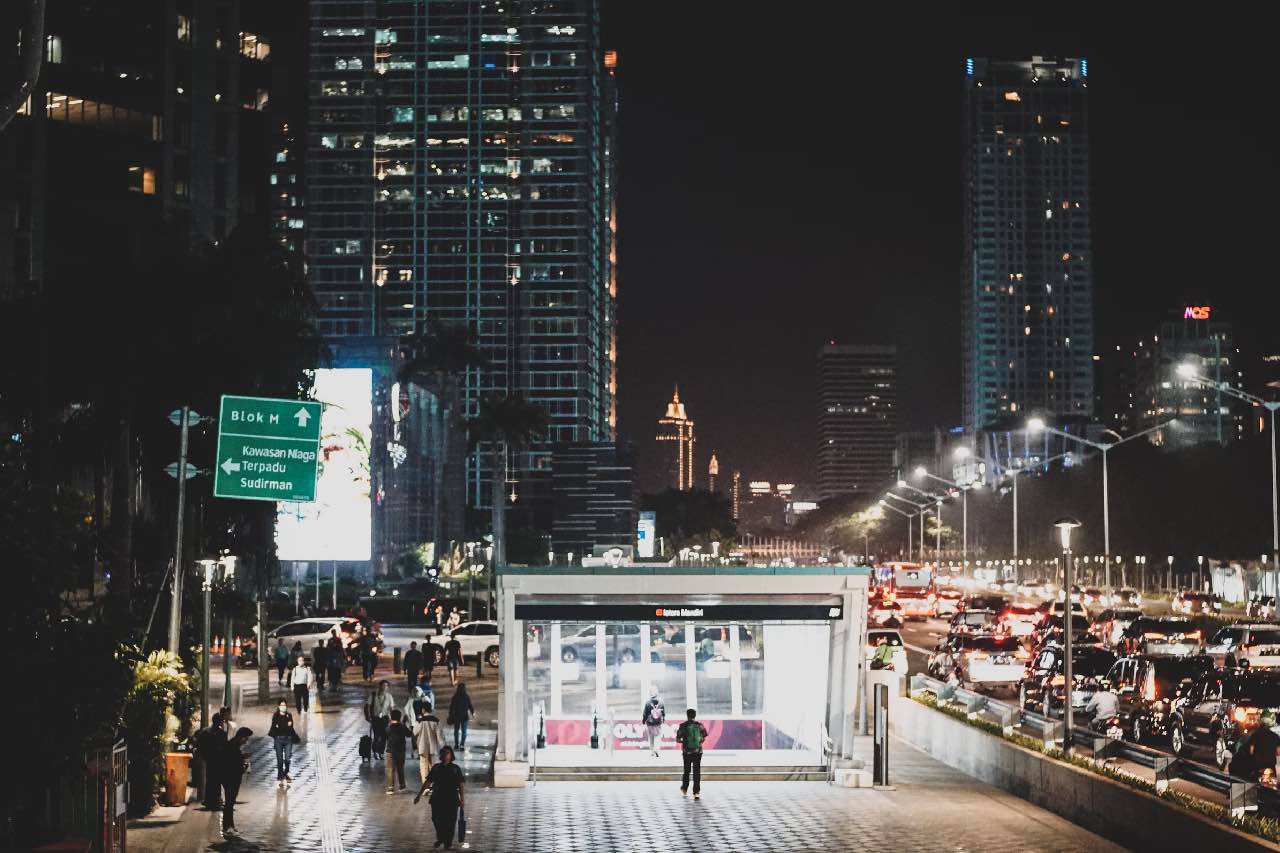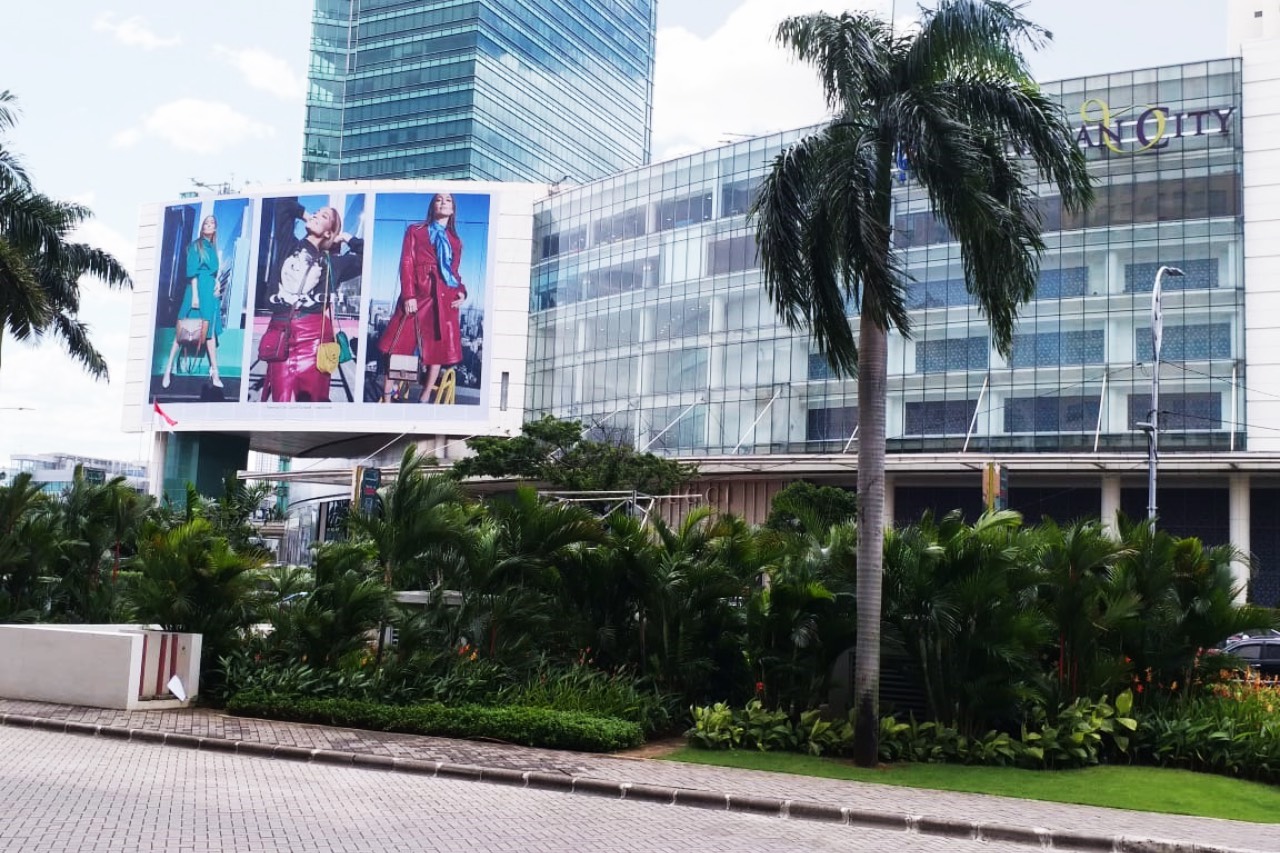
Out-of-Home (OOH) advertising remains one of the most powerful mediums for reaching mass audiences, especially in a country as diverse and dynamic as Indonesia. Global brands have recognized Indonesia as a key market in Southeast Asia, not only because of its massive population but also due to its unique cultural, economic, and urban landscape. Through case studies and examples, we can see how global companies are adapting their OOH strategies to win Indonesian consumers.
Why OOH Works in Indonesia
Indonesia is home to more than 270 million people, with a rapidly growing middle class and an increasing concentration of urban populations. With traffic congestion in cities like Jakarta, commuters spend long hours on the road. This creates strong visibility for billboards, transit ads, and digital screens. For global brands, OOH provides a direct, unavoidable way to capture attention in high-traffic areas.
Case Study Examples of Global Brands in Indonesia
1. Fast Food Chains
International fast food companies use OOH campaigns to promote seasonal menus, highlight new product launches, and connect with local culture. For instance, global chains have adapted billboard designs with Bahasa Indonesia taglines, making the message relatable and culturally resonant.
2. Technology and Smartphone Brands
Global smartphone makers often launch their latest devices in Indonesia with large-scale OOH domination campaigns. These campaigns typically include airport displays, roadside digital billboards, and mall advertising to target tech-savvy urban youth.
3. Fashion and Lifestyle Brands
International fashion retailers leverage high-traffic retail districts and transit hubs to showcase seasonal collections. By blending global brand identity with local visual storytelling, they reinforce exclusivity while appealing to Indonesian lifestyle aspirations.
4. Automotive Brands
Car manufacturers use OOH to introduce new models, often integrating digital billboards with interactive features like QR codes. These allow consumers to directly engage with campaigns through their smartphones.
Key Strategies Global Brands Use
- Localization of Messaging: Successful OOH campaigns adapt global branding into local culture and language, ensuring consumers feel connected.
- Digital Integration: Brands integrate OOH with online platforms, creating seamless campaigns that move consumers from offline impressions to online engagement.
- Strategic Placement: Choosing locations such as MRT stations, airports, and business districts maximizes exposure to the right demographics.
- Storytelling Through Visuals: Global brands focus on striking, bold visuals that communicate instantly without heavy reliance on text.
Looking Ahead
With the rise of Digital Out-of-Home (DOOH), global brands are starting to embrace programmatic buying and data-driven strategies in Indonesia. This shift allows for dynamic campaigns that respond in real time to traffic conditions, weather, and consumer behavior.
Conclusion
Global brands view Indonesia as a market where OOH can deliver both scale and cultural impact. By localizing messaging, using interactive formats, and strategically placing ads, they are able to connect with millions of Indonesian consumers daily. For companies aiming to expand in Southeast Asia, Indonesia offers one of the most effective landscapes for impactful OOH campaigns.















